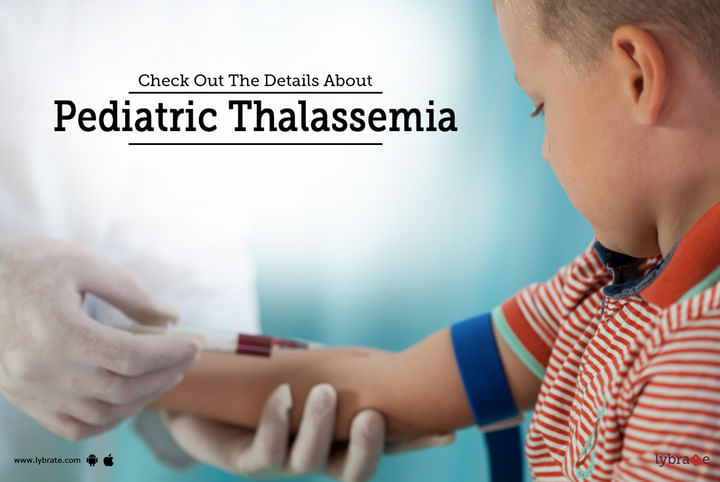Check Out The Details About Pediatric Thalassemia
Thalassemia is a condition in which faulty hemoglobin-producing proteins produce a blood disease. Hemoglobin is a protein found in red blood cells that aid in the delivery of oxygen throughout the body. Thalassemia is a blood illness in which the body fails to produce enough hemoglobin, resulting in anemia, pallor, lethargy, and stunted growth. Thalassemia can cause bone discomfort, skeletal abnormalities, and a large belly in its most severe forms. Blood transfusions may be required for children with thalassemia to ensure that their bodies have enough healthy hemoglobin to sustain their growth and development.
What Are The Signs That We Need To Look For?
Patients with less severe forms of the illness may not have any symptoms, however, those with more severe forms of the disorder may experience:
-
Noticeably pale complexion (pallor) or yellowed (jaundice)
-
Growth has been slowed.
-
Intolerance to physical exercise
-
An expansion of the spleen and/or liver causes a bloated or big belly.
-
Face bones that are quite noticeable
-
A murmur in the heart
How Does It Happen?
Thalassemia is a blood illness caused by abnormalities in the DNA responsible for the production of hemoglobin, the oxygen-carrying protein in red blood cells. Although beta-thalassemia affects people of many ethnic backgrounds, those of Greek ancestry or who were born in the Mediterranean region are more likely to get the condition. People from Africa, Southeast Asia, and the Middle East are more likely to have alpha thalassemia.
Diagnoses
Thalassemia is usually detected during a newborn screening that every infant in Texas undergoes. The most frequent and severe kinds of thalassemia can be detected using this test. If your kid has a milder type of anemia that was missed on their newborn test, your primary care physician can identify it during a regular anemia screening when your child is 1 to 2 years old. Iron deficiency anemia might be misinterpreted as this milder type.
What Comes Under the Current Treatment Plan?
The treatment for your child will be based on his or her symptoms, age, and overall health. The severity of the illness will also play a role. Treatment is determined by the kind of thalassemia. It could consist of the following:
-
Blood transfusions on a regular basis
-
Transplantation of stem cells or cord blood
-
The spleen is removed.
-
Series of hepatitis B vaccines
-
Medications
-
Folic acid, a vitamin required for the production of hemoglobin, should be taken on a daily basis.



+1.svg)
